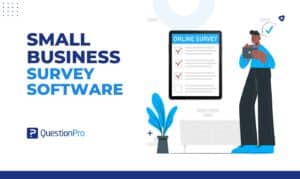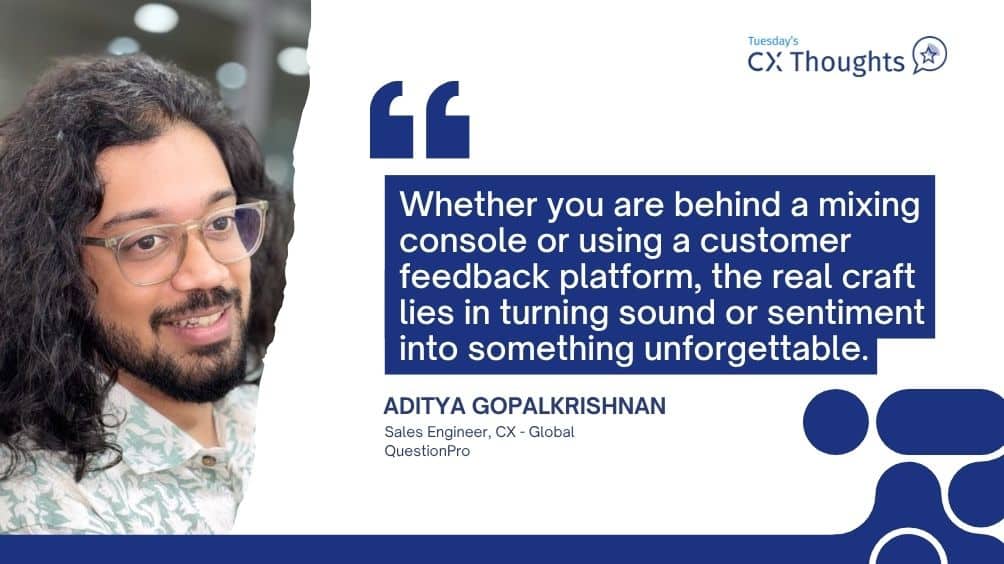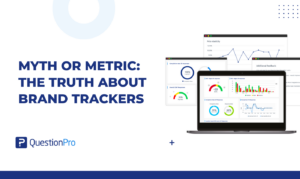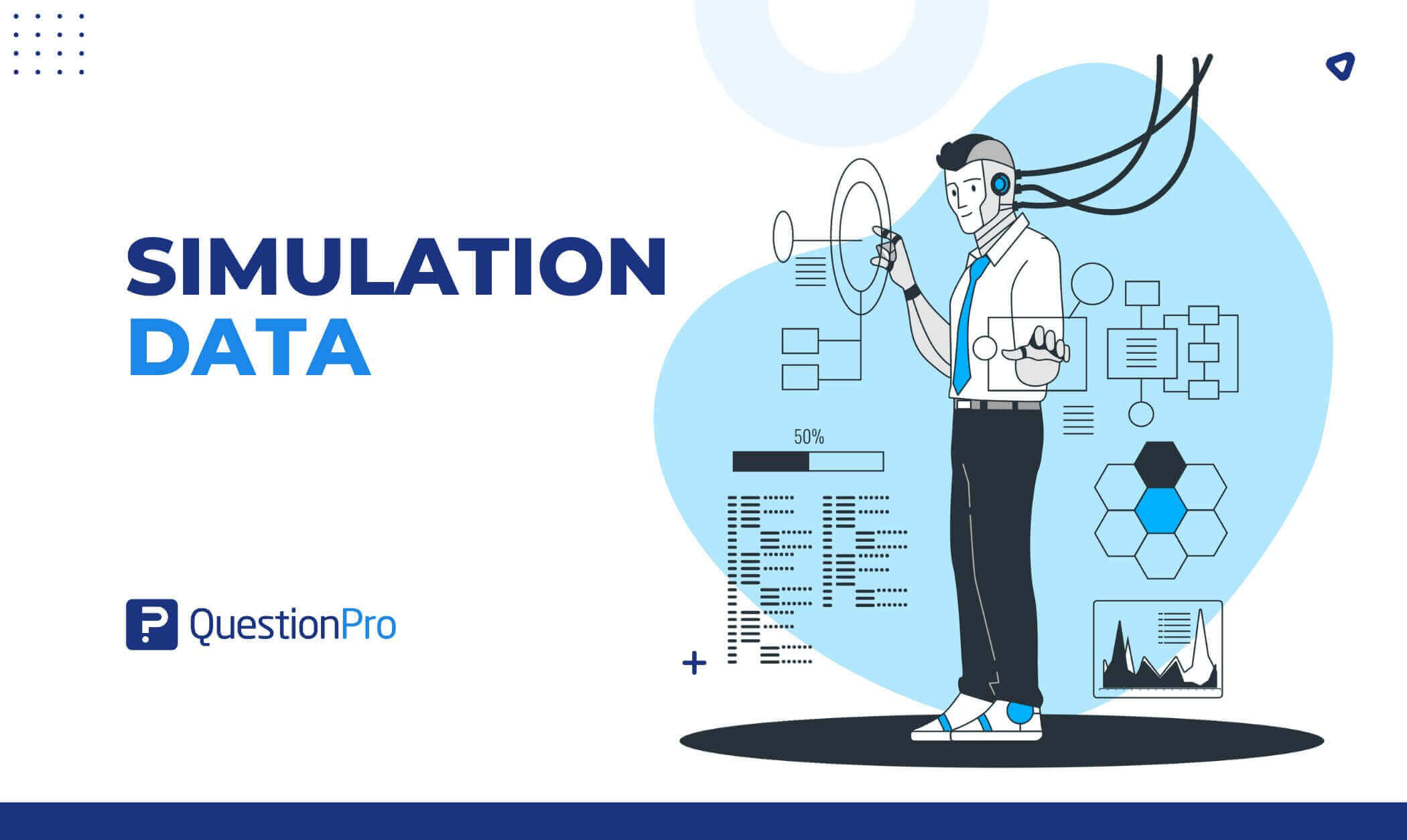
Getting the right data isn’t always easy. Sometimes, the information you need just isn’t available, or collecting it could be too expensive, time-consuming, or even risky. Simulation data becomes incredibly useful in this situation. Instead of waiting for real-world events to happen, you can use simulation to create realistic data in a safe and controlled way.
From testing new ideas to planning better strategies, data simulation helps researchers, analysts, and businesses make smarter choices. In this blog, we’ll explore what simulation data is, how it works, and how it helps industries, from healthcare to tech, solve problems and stay ahead.
What is Simulation Data?
Simulation data is created by computer programs that model real-life situations. Instead of using data from real events, simulations let us see how something might work in different situations without needing to test it in the real world or take any risks.
For example, before constructing a large shopping mall, developers can simulate how people will move through the space, where foot traffic may build up, and how surrounding traffic might be impacted. This digital testing environment produces valuable insights, referred to as simulation data, that can guide decision-making and improve outcomes. Simulation data is especially useful when:
- Real-world testing is too costly
- Time-consuming or
- Impractical
It enables professionals to test scenarios such as the impact of a new drug on the human body, the dynamics of a vehicle crash, or the effects of supply chain disruptions. Industries such as:
- Healthcare
- Aviation
- Engineering
- Business operations and
- Software development relies heavily on simulation data to make informed decisions.
By analyzing simulated outcomes, organizations can reduce risk, improve system design, and optimize performance, all without physical trials.
How Do You Simulate Data?
Simulating data means creating fake but realistic data based on certain patterns or rules. To do this well, you first need to understand what kind of data you’re working with, how it behaves, and how it is typically distributed.
Here are the three basic steps to simulate data:
- Start with a clear idea: Know what you’re trying to test or explore. This includes forming a hypothesis and understanding the type of data you expect.
- Create random samples: Use that understanding to generate random data that follows the same pattern or distribution as real-world data.
- Check and analyze: Once your simulated data is ready, visualize it (like with charts or graphs) and study it to see if it behaves the way you expected.
This process helps you test ideas and make predictions without needing real-world data upfront.
How do Data Simulations Work with Synthetic Data?
To understand how data simulations work with synthetic data, let’s learn it step by step.
Synthetic data is data that’s made by computers, not collected from real people or events. It’s designed to act like real data with similar patterns and behaviors. This makes it useful for testing ideas, training models, training data, or running experiments, especially when real data is unavailable or too sensitive to use.
Now, let’s talk about simulations. A simulation is a digital model that mimics how something works in the real world. It could be anything:
- A self-driving car navigating traffic
- A new product launch or
- A disease spreading through a city
When you use synthetic data in a simulation, you’re basically creating a digital world and filling it with “pretend” data that behaves like the real thing. The simulation runs different scenarios, such as what happens if traffic increases or if more people get sick, and collects the results. These results become simulation data, which you can then study and learn from..
So, in simple terms:
- Synthetic data gives you realistic “dummy” data.
- Simulations provide the environment for that data to play out.
- Together, they help you explore situations safely, cheaply, and efficiently.
This is a powerful combo for fields like healthcare, finance, AI training, and more, where using real data isn’t always possible or safe.
Benefits of Data Simulation
Data simulation isn’t just for researchers or tech experts; it’s a powerful tool that’s helping people across many industries understand the world better, make smarter choices, and even prepare for things that haven’t happened yet. Let’s explore some of the biggest benefits it brings to the table:
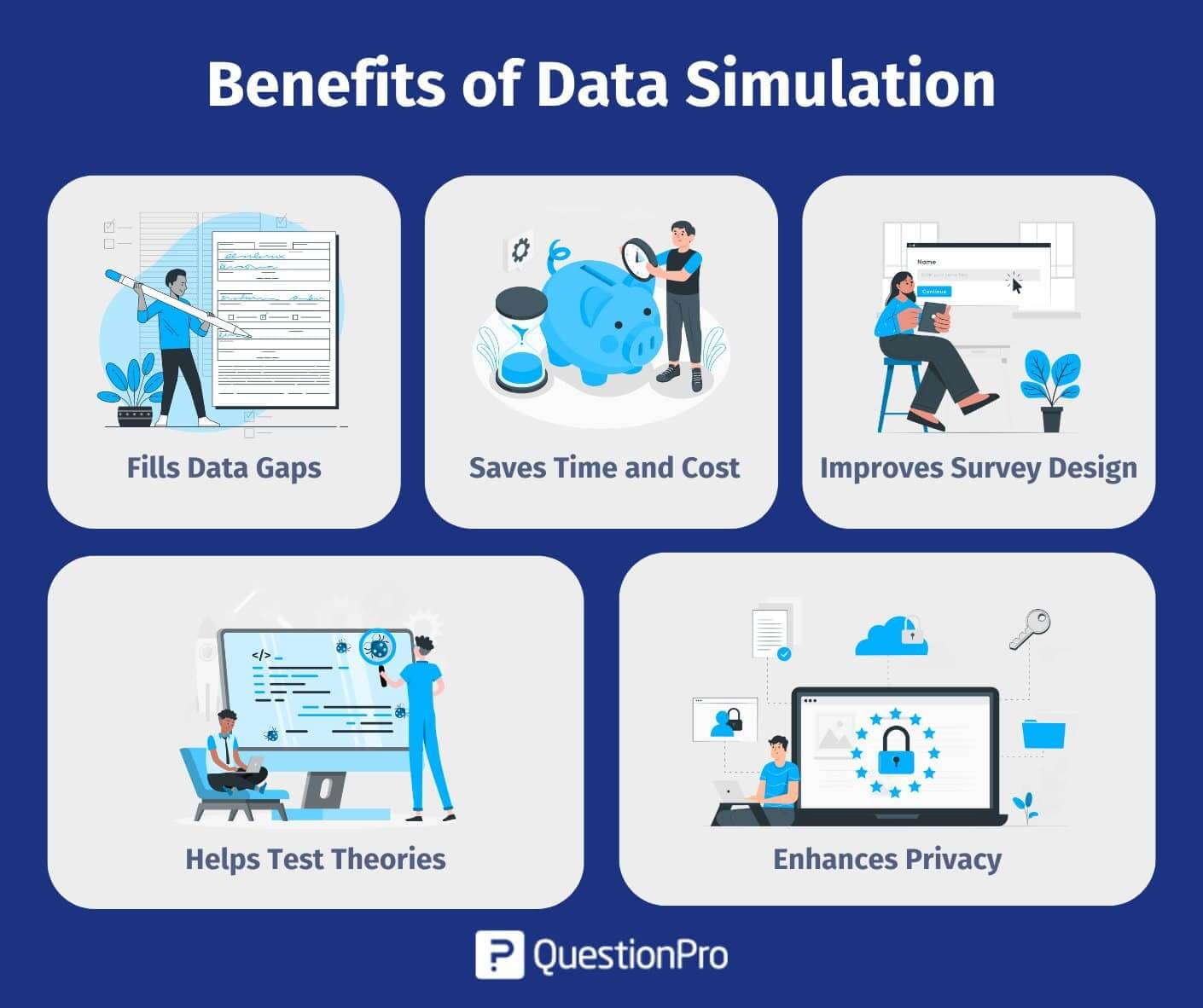
1. Fills Data Gaps
Sometimes, researchers don’t have enough real data to work with, especially for rare events or hard-to-reach populations. Data simulation helps fill those gaps by generating realistic, artificial data that still follows the patterns of real responses.
For example, if a health survey lacks enough data from older adults, simulation can create additional responses based on what we already know.
2. Saves Time and Cost
Running large-scale surveys takes time and money. With simulation, researchers can test survey designs, response behaviors, or analysis methods before launching the actual survey. This makes the whole research process faster and more efficient.
3. Improves Survey Design
By simulating how people might answer different questions, researchers can spot confusing wording, find patterns, or test how different question orders affect responses.
4. Helps Test Theories
Before conducting real-world studies, scientists often use simulation to test ideas and predict outcomes. This helps them fine-tune their research plans and focus on what’s most important. Simulated data can show whether a theory is worth exploring further.
5. Enhances Privacy
In sensitive research topics, like health, income, or personal behavior, using real data can risk people’s privacy. Simulated data offers a safer option that still gives useful insights without exposing anyone’s identity.
Data Simulation Use Cases
Data simulation is transforming industries by helping businesses and researchers solve problems and make better decisions. By creating virtual environments, we can simulate complex systems and test ideas without the risks or costs of real-world data collection. Here are some of the key ways data simulation is used in different fields:
1. Data Science & Research
Data simulation is a game-changer in research. For example, if you’re working on emergency planning, like how to evacuate people during a natural disaster, real-life data may be rare or hard to find. Simulating data from past events or creating synthetic scenarios helps fill in the gaps and train machine learning algorithms. This way, we can plan better without needing actual disaster data.
2. Software Development
Before releasing new software, developers need to test how it will perform under different conditions. Simulating real-world scenarios lets developers see how the software behaves without launching it to the public. This helps them:
- Fix bugs
- Improve functionality and
- Ensure the product is ready for use
3. Healthcare & Medical Research
In healthcare, data simulation helps researchers and doctors test how new treatments, drugs, or medical procedures might affect patients without having to use real patient data.
It’s especially useful for testing rare diseases or scenarios where real data is hard to get. This can lead to faster, safer innovations in healthcare.
For example, researchers might use simulation to model how a new drug could interact with the body, helping to predict its effectiveness before clinical trials.
4. Finance & Risk Assessment
In the financial sector, simulations are used to predict how markets will behave during economic shifts or crises. By creating virtual data simulation models of financial systems, banks and investors can test different strategies, assess risks, and make better investment decisions.
Financial institutions might simulate a market crash to see how their investments would hold up under stress, allowing them to prepare for real-world economic downturns.
Conclusion
We’ve seen how simulation data helps us explore real scenarios safely and cost-effectively. It allows researchers, businesses, and developers to generate synthetic data, test ideas, and make better decisions.
As technology grows, simulation will continue to play a key role in boosting innovation and solving complex problems across industries.
QuestionPro supports this approach by offering advanced tools for data collection, analysis, and research simulation. With features like customizable surveys, real-time analytics, and integration with synthetic data models, QuestionPro helps users simulate insights, predict outcomes, and improve data-driven decision-making even before actual data is available. Contact QuestionPro for more details!
Frequently Asked Questions (FAQs)
Answer: It’s made by computer programs that copy real-life situations, so researchers can test ideas without using real-world data.
Answer: It helps researchers test ideas and study things that would be too expensive, risky, or impossible to do in the real world environment.
Answer: No, it doesn’t replace real data, but it helps when real data isn’t available. It works alongside real data to test and improve ideas.
Answer: It helps create fake data to train AI and machine learning models when real data is hard to get, making them smarter and more accurate.
Answer: Yes, simulation data is used in healthcare to model treatments and outcomes, helping doctors and researchers test ideas before trying them on real patients.





